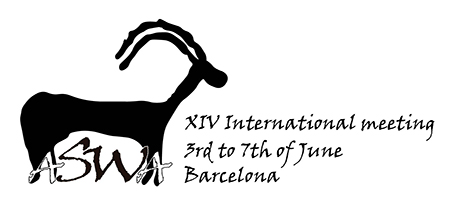Climate change has played a significant role in the history of human societies; this is especially true for the southern Levant (Israel, Palestinian Authority and Jordan), a marginal region between the Sahara-Arabia desert and the more temperate European-Mediterranean climate belt. The climate conditions at the area during the Holocene were relatively stable; however, evidences for drought episodes during that time are accumulating. We suggest that archaeozoological data can be added as an element in Holocene paleoclimatic modelling. The most common animals in the archaeozoological record of this period are livestock: sheep, goats, cattle, and pigs. We suggest that cattle (Bos taurus) can be used as a monitor to climatic changes as cattle husbandry is sensitive to changes in the availability.
We collected data of identified specimens (NISP) of cattle and caprine from published archaeozoological reports. Cattle frequencies were calculated using the number of identified specimens (NISP) of cattle, normalized by division by the number of caprines and cattle. We assume that this ratio is a general proxy to the intensity of cattle husbandry around each settlement. Data were collected from three regions based on today's climatic condition: the desert area (less than 200 ml annual rainfall), the southern Mediterranean area (300- 450 ml) and the northern Mediterranean area (above 450 ml). The data were divided by major archaeological periods in the southern Levant: Chalcolithic, Bronze Age, Iron Age, and Persian-Hellenistic to Byzantine periods. In total we compiled information from 105 temporally distinct zooarchaeological samples and from 50 sites. Two-Way ANOVA was used to test differences between the studied areas and periods.
A significant difference in cattle relative frequency was found between the regions but not between the periods. In all studied periods, cattle frequency was the highest at the northern Mediterranean area and lowest at the desert, reflecting the relatively high water requirements of the cattle in comparison with caprines. The only area that shows a relatively high, although no significant, decrease in cattle frequency during the dry spell at the end of the Bronze Age was the desert area. These result suggest that cattle frequencies may register the signal of a known aridification event at the end of the Late Bronze Age, but overall suggest stability in the location of the border between “the desert and the sawn” in the southern Levant throughout much of the mid-late Holocene.

 PDF version
PDF version
